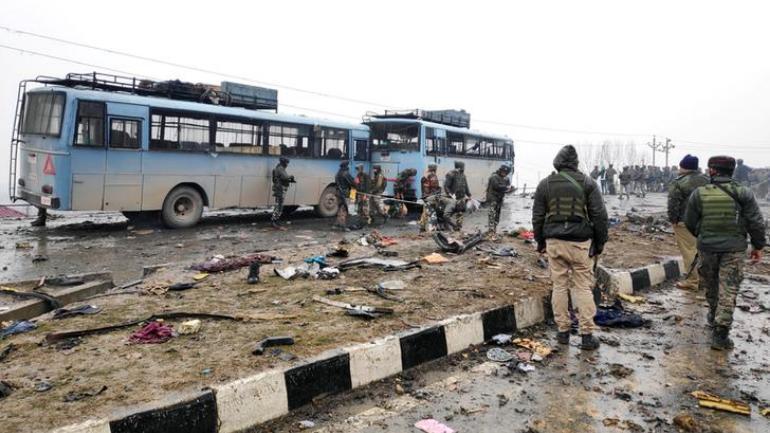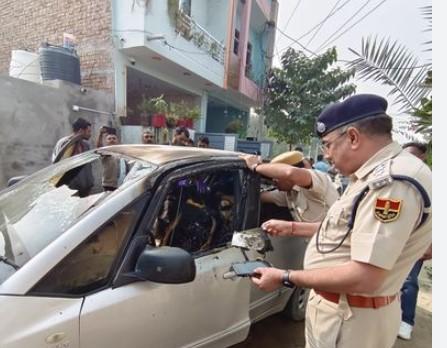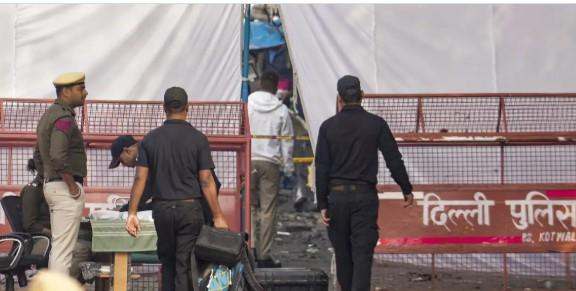Four and half months after the deadly attack on a CentralReserve Police Force convoy in Kashmir’s district, in which 40 troopers weremartyred, forensic experts have finally submitted their report on theexplosives used by the Jaish-e-Mohammad in the high-intensity bomb, accordingto two senior officials in the National Investigation Agency (NIA). Experts ofthe Central Forensic Science Laboratory (CFSL) in Delhi, which functions underthe Central Bureau of Investigation (CBI), has concluded that the explosiveused in the February 14 suicide bombing was a mixture of “RDX” and “ammoniumnitrate”, which was assembled in a jerry can before it was placed in a MarutiEeco car. An NIA officer who asked not to be named said: “We have received thefinal report. It will be the most important (piece of) evidence in the chargesheet, which will be filed soon". Based on the forensic report, theinvestigators believe that the RDX was mixed by JeM in the bomb to multiply theimpact of the blast.
The second NIA officer, who also spoke on condition ofanonymity, said the impact was so strong that everything melted. The explosionwas heard by locals several kilometers away and it took forensic experts daysto pick the DNA samples from the site. Indian intelligence agencies toldinvestigators right away that military grade RDX was used and that thisexplosive was provided to terror outfits by the Pakistani military. They alsosuggested that the explosive was brought to India in different tranches in themonths leading up to the attack. When asked about the quantity of explosiveused in the bomb, the second officer said it is usually guesswork in suchexplosions, but that be believes 30 to 50 kg of explosives were planted in thejerry can. Aadil Ahmad Dar, a JeM terrorist from Kashmir, carried out thesuicide bombing on February 14 when he drove the car laden with high intensityexplosives into the convoy. The Indian government retaliated for the attack bylaunching an air strike on a JeM training camp in Pakistan’s Balakot areafollowing which the two countries came to the brink of war.It was only afterthe Pulwama attack that China was forced to support India’s case for declaringJeM chief Maulana Masood Azhar a UN-designated global terrorist.
Meanwhile, the government, according to a senior ministry ofhome affairs official, has expressed its unhappiness over forensic expertstaking so much time in finalising the report in such a sensitive case.Discussions are already underway in the government to reform the country’sforensic laboratories, which are swamped by samples in thousands of criminalcases even as they cope with a massive shortage of equipment.
The NIA has arrested several JeM cadres and over groundworkers (OGWs) over the last four months while the mastermind – Mudassir Khanand others involved, Khalid, and Sajjad Bhat, were killed in encounters withthe security forces.Khan was directly in contact with JeM leadership inPakistan for the planning and execution of the attack.
Leave a comment
Your email address will not be published. Required fields are marked *




